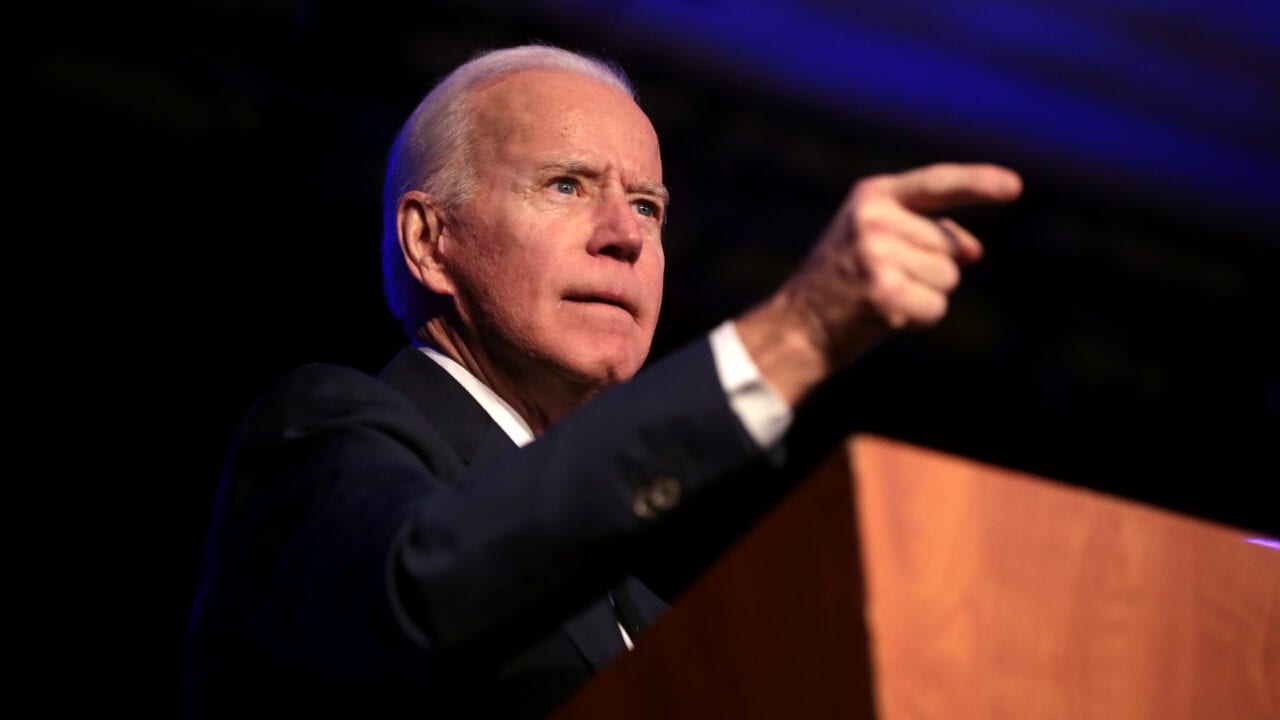 "Joe Biden" by Gage Skidmore on Flickr
https://flic.kr/p/2iuYopn
"Joe Biden" by Gage Skidmore on Flickr
https://flic.kr/p/2iuYopn
Today President Biden extended the student loan repayment pause, officially violating his promise to the American people that he would end the pause.
On August 24 Biden said:
“The student loan payment pause is gonna end. It is gonna end – I am extending it to Dec. 31, 2022. And it is gonna end at that time. It is time for the payments to resume.”
That same day, the Biden Education Department put it in writing and announced that their most recent extension, to the end of this year, was their “final” one:
Today, the U.S. Department of Education (Department) announced a final extension of the pause on student loan repayment, interest, and collections through December 31, 2022. Borrowers should plan to resume payments in January 2023.
Biden frequently praises himself as a man of his word. “I give you my word as a Biden,” he is fond of repeating.
But today, Biden extended the “pause” through the end of June 2023.
The moratorium was originally implemented in March 2020. Even back in December of 2021, President Biden announced he would be extending the moratorium, despite White House press secretary Jen Psaki’s promise two weeks before the announcement that the loan payments would restart in February. The Administration continues to give in to pressures from progressive activists.
The moratorium has already cost taxpayers about $150 billion. According to an analysis by the Penn Wharton Budget Model, the previous extension from September 2022 to December 2022 will cost taxpayers another $16 billion.
Affluent households benefit most. The top 20 percent of households currently hold $3 in student loan debt for every $1 of debt held by the bottom 20 percent of earners. About 75 percent of student loan repayments come from the top 40 percent of earners, as the Committee for a Responsible Federal Budget notes.
The median income of households making active payments on their student loans was $76,400, with just 4 percent of these households being below the federal poverty line.
One recent study provides further evidence of the privilege student loan borrowers hold. A new survey from Intelligent.com found that 73 percent of student loan forgiveness applicants would spend the extra money from relief on non-essentials like vacations, eating out at restaurants, buying a new phone, drugs/alcohol, gambling, and gaming systems.
The survey also provides a breakdown of which goods/services applicants would spend extra money on each month:
- Clothing and accessories (52%)
- Vacationing (46%)
- Eating out at restaurants (46%)
- Smartphone (44%)
- Investing in the stock market (43%)
- Gifts (42%)
- Gaming system (36%)
- Wedding (30%)
- Drugs/Alcohol (28%)
- Gambling (27%)
Presumably, this is not the group of people who require handouts from working class Americans.

